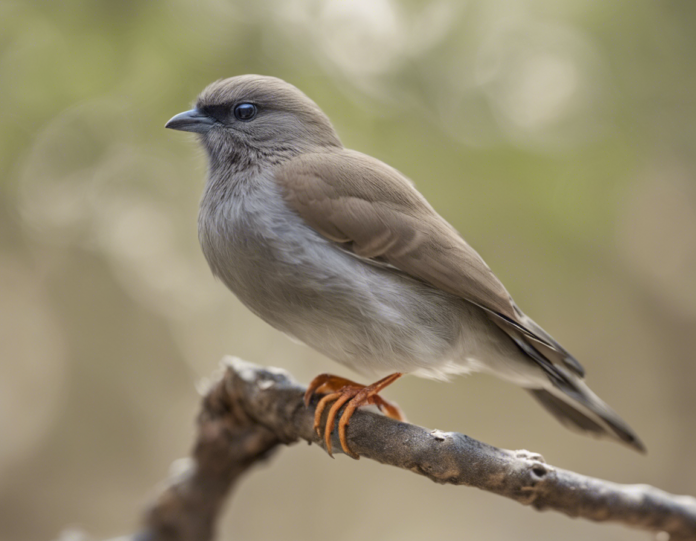Have you ever heard of the Bee Hummingbird? This tiny creature holds the title of being the lightest bird in the world, weighing less than a penny. In this article, we will explore the fascinating world of the Bee Hummingbird, from its physical characteristics to its habitat and behavior.
Physical Characteristics
The Bee Hummingbird, scientific name Mellisuga helenae, is a species of hummingbird that is endemic to Cuba. It is known for its minuscule size, with males averaging 2.2 inches (5.5 cm) in length, including the bill and tail, and weighing only 1.6 grams (0.056 oz). Females are slightly larger, measuring around 2.4 inches (6 cm) and weighing 2.6 grams (0.092 oz).
Despite its tiny size, the Bee Hummingbird showcases vibrant and iridescent plumage. Males typically have colorful feathers on their throats and heads, which they use to attract females during courtship displays. Their wings beat at an incredible speed of around 80 times per second during flight, allowing them to hover effortlessly while feeding on nectar.
Habitat and Distribution
Bee Hummingbirds are primarily found in Cuba, where they inhabit a variety of ecosystems, including forests, coastal areas, and gardens. They are known to prefer areas with an abundance of flowers, as nectar constitutes the majority of their diet. Due to their small size, these birds are vulnerable to predators such as spiders, lizards, and birds of prey.
Behavior and Diet
As their name suggests, Bee Hummingbirds feed mainly on nectar from flowers, using their long, slender bills to extract the sugary liquid. In addition to nectar, they also consume small insects and spiders for protein. These birds are highly agile and can fly in multiple directions, making them excellent pollinators for the plants they visit.
During the breeding season, male Bee Hummingbirds perform elaborate courtship displays to attract females. These displays often involve aerial acrobatics, during which males show off their vibrant feathers and impressive flying skills. Once a female is impressed, she will choose a mate, and the pair will work together to build a nest and raise their offspring.
Conservation Status
Despite their small size, Bee Hummingbirds face several threats to their survival. Habitat loss, pesticide use, and climate change are all contributing factors to the decline in their population. Conservation efforts, such as habitat protection and education initiatives, are crucial in ensuring the long-term survival of this delicate species.
In conclusion, the Bee Hummingbird may be small in size, but it plays a significant role in its ecosystem as a pollinator and insectivore. By learning more about these remarkable creatures and supporting conservation efforts, we can help protect the world’s lightest bird for future generations to enjoy.
Frequently Asked Questions (FAQs)
1. How small is the Bee Hummingbird compared to other birds?
The Bee Hummingbird is the smallest bird in the world, with males weighing less than a penny and females slightly larger but still incredibly tiny.
2. What is the average lifespan of a Bee Hummingbird?
Bee Hummingbirds typically live for around 5 to 7 years in the wild, although some individuals may live longer in captivity.
3. How fast can Bee Hummingbirds beat their wings?
These birds have an astonishing wingbeat rate of around 80 times per second, allowing them to hover and maneuver with precision.
4. What is the significance of Bee Hummingbirds as pollinators?
Bee Hummingbirds play a crucial role in pollination by transferring pollen from one flower to another as they feed on nectar, helping to fertilize plants and support ecosystems.
5. How can I help conserve Bee Hummingbirds?
You can support conservation efforts by protecting their habitats, planting native flowers that attract hummingbirds, and avoiding pesticide use that can harm these delicate creatures.
As we continue to learn more about the Bee Hummingbird and appreciate its unique characteristics, it is essential to take action to preserve its natural habitats and ensure a bright future for this extraordinary species.




